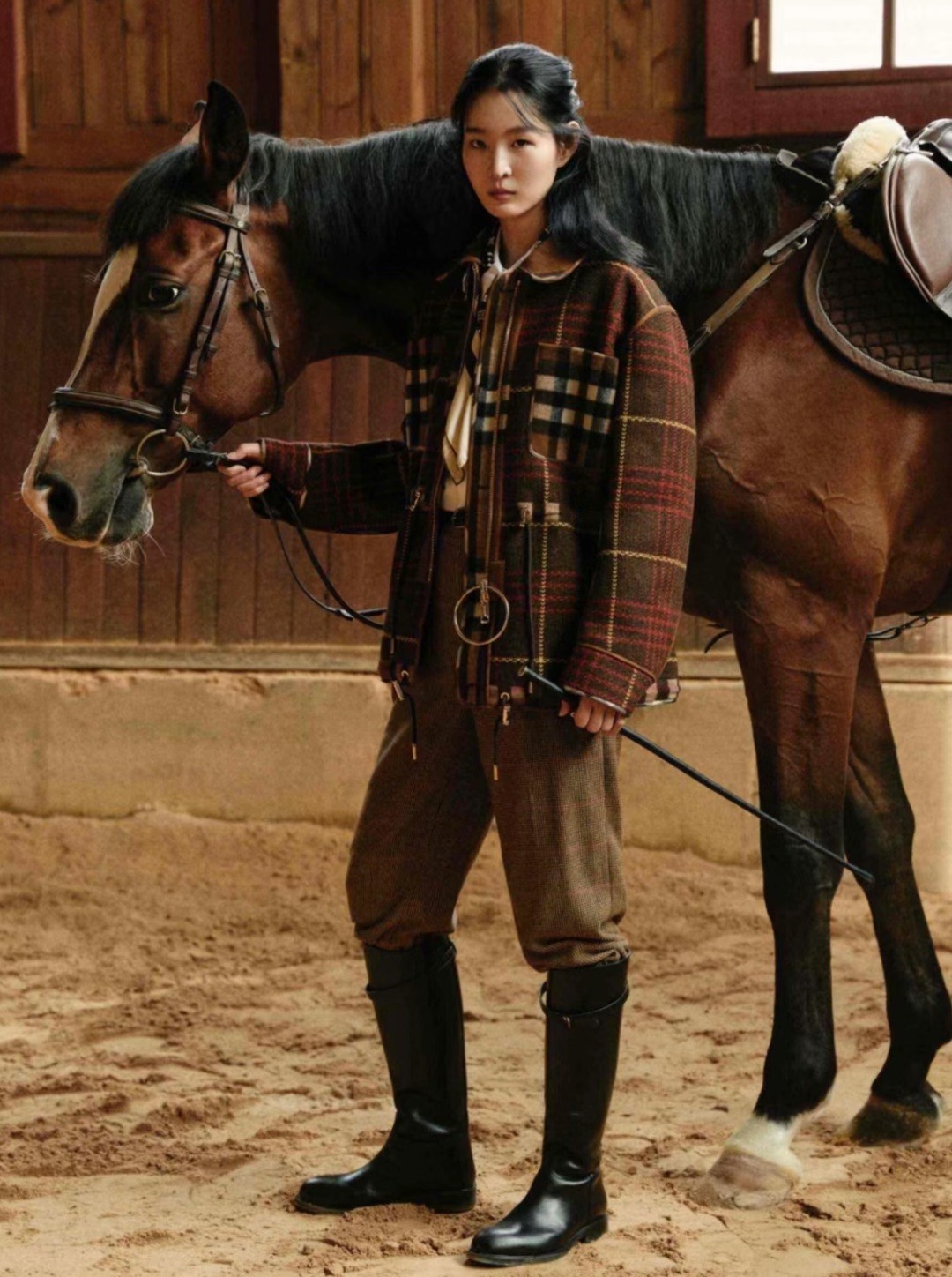Equestrian clothing is a very important element in equestrian sports, with strict requirements. The design of equestrian clothing is not only meant to achieve convenience in wearing but is also a presentation of aristocratic fashion. No matter when or where, equestrian clothing represents a unique temperament and taste. In modern equestrian competitions, the clothing required for each type of competition varies. People wear formal attire, horses perform dance steps, graceful and full of power. Although what was once a sport of kings has become a popular sport, it still demonstrates power and beauty, tension and rhythm, coordination and exuberance, as well as the noble cultivation of gentlemen and ladies through its attire. This article will take you through the considerations for custom equestrian clothing.
The materials for equestrian clothing should usually be soft, comfortable, breathable, and capable of wicking sweat, such as cotton, silk, linen, and other natural fabrics. At the same time, the materials for custom equestrian clothing should also have a certain degree of elasticity and abrasion resistance to ensure the comfort and safety of the rider during the competition.
The colors of equestrian competition clothing offered by sportswear manufacturers in China, should usually be light, neutral, or dark, avoiding overly flashy or too conspicuous colors. Specific color choices should be made according to the level of the competition and the requirements of the event organizers. Different events may have different regulations, and equestrian clothing should be customized according to these requirements.

When customizing equestrian clothing, the styles should usually be well-fitted, appropriate, and comfortable, capable of showcasing the rider's professionalism and personal characteristics, while also complying with competition requirements. Common styles include jodhpurs, riding boots, shorts, short-sleeved shirts, etc. Riders can choose based on their preferences and the level of the competition.
Attention should also be paid to the details of custom equestrian clothing. For example, the lines of the clothing should be simple and clear, not too complicated or flashy; the logos or symbols on the clothing should be clearly visible, avoiding being too concealed or blurry; the design of the clothing should meet the standards and requirements of the equestrian competition industry, not too personalized or overly prominent. In summary, riders should focus on details and strive for perfection.
In addition to the above aspects, equestrian competition clothing also has some requirements in terms of accessories and coordination. For example, it should be paired with suitable helmets, gloves, and other protective gear. Additionally, riders should wear the competition-specified bib numbers, rosettes, and other symbols to indicate their identity and competition level.
Custom Equestrian Clothing, as essential equipment for riders participating in equestrian competitions, should be chosen based on the level of the competition and event requirements. Riders should meticulously coordinate and adjust the details to maintain a professional image and competitive state.